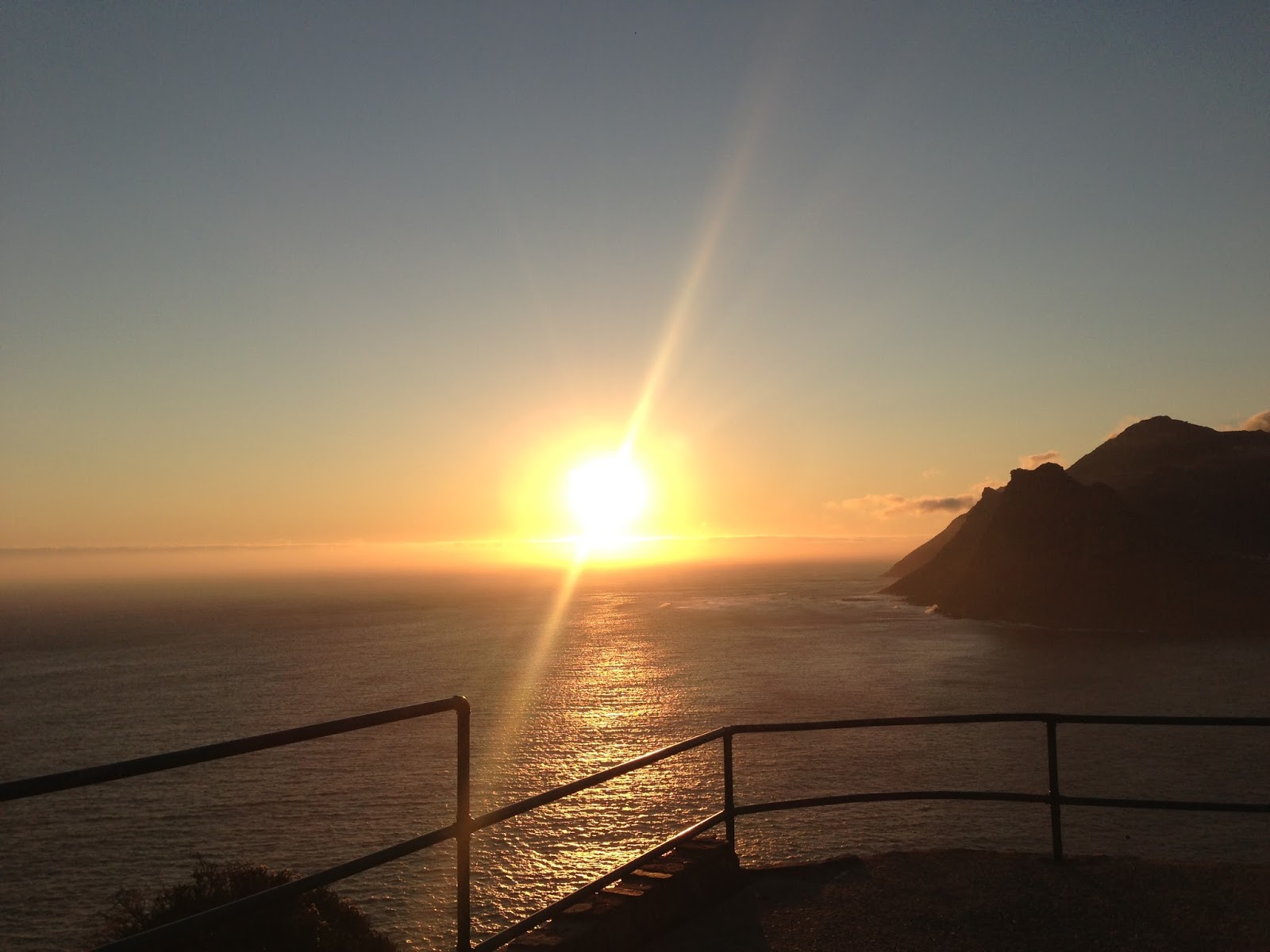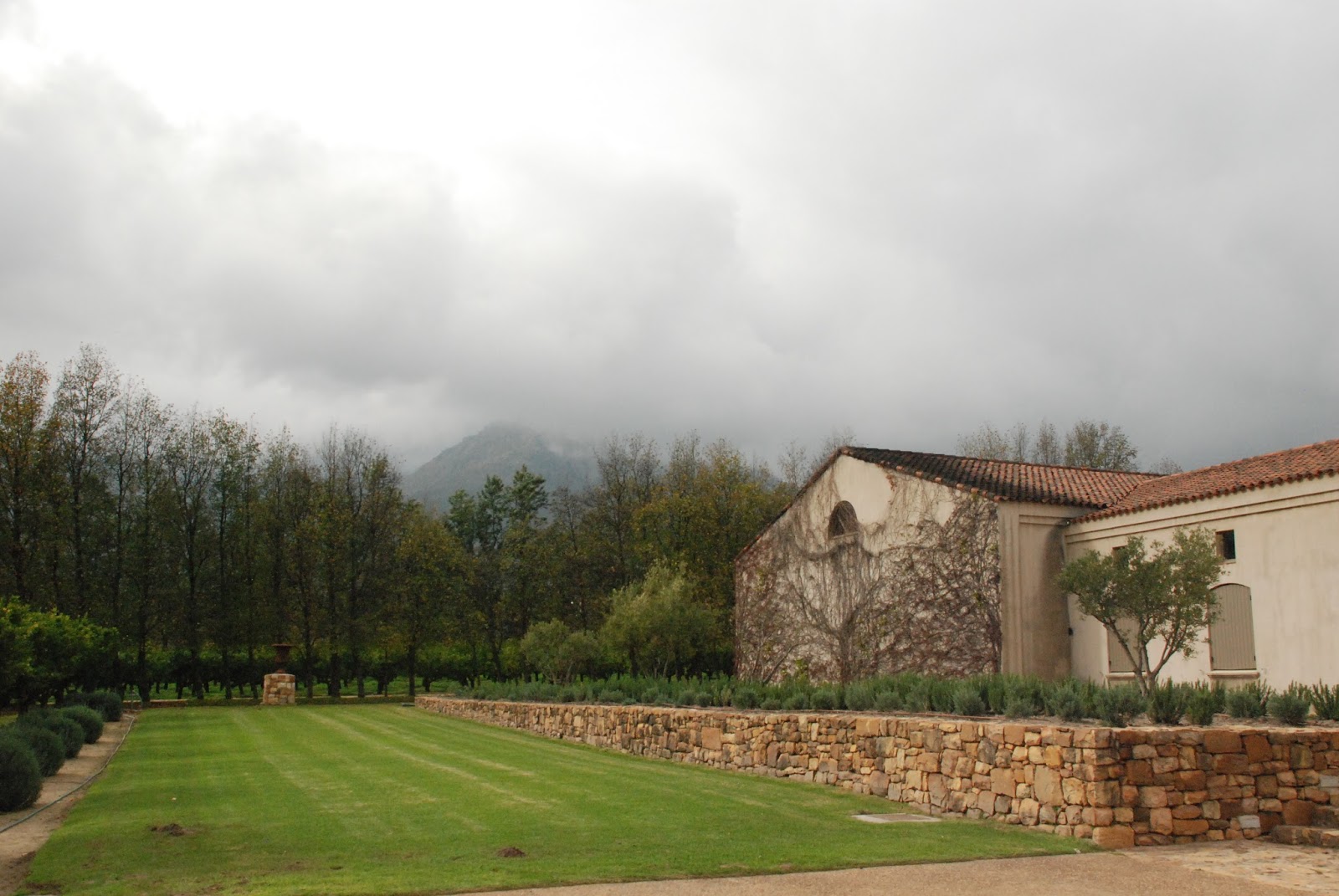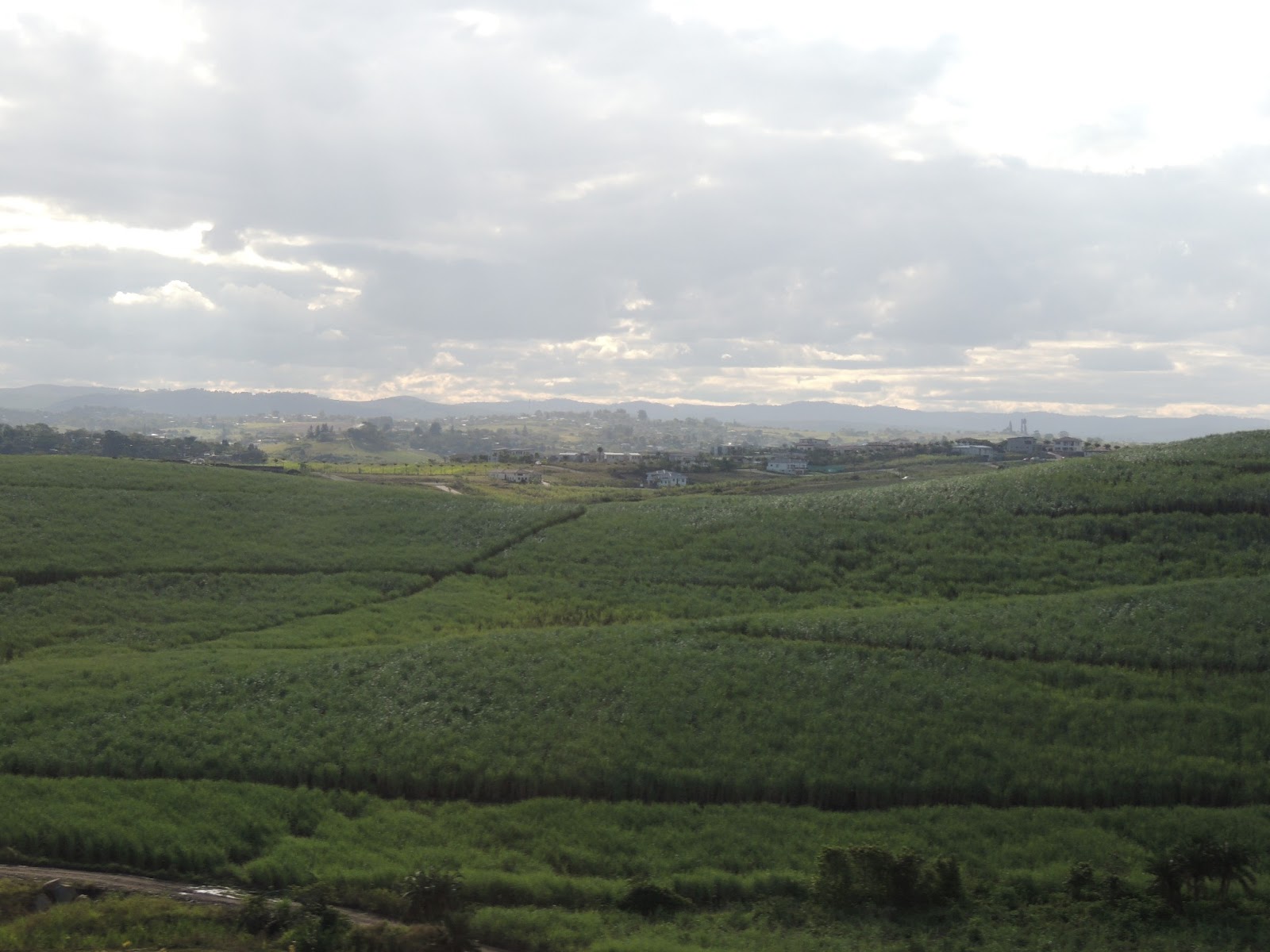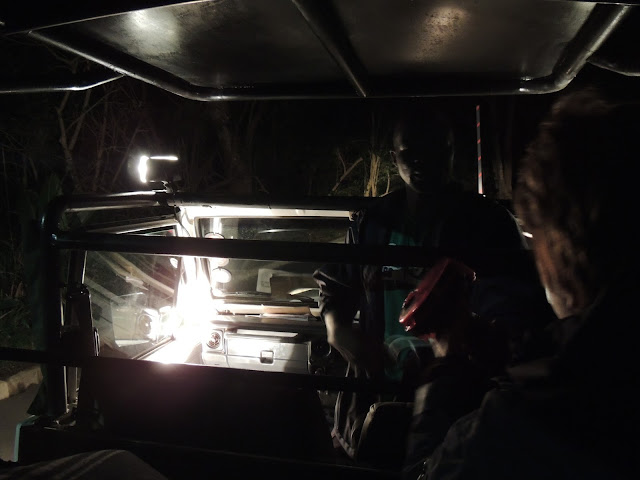My time here at K-RITH started with an interest on
the effects that concentrating a single metabolite created by Mycobacterium tuberculosis in the surrounding lung tissue could have on
disease progression. I was developing a protocol to purify and detect this
metabolite from tissue since our lab had only previously worked with patient
serum. These first weeks could have just as easily been done at any lab around
the world, but how it became one of the most incredible research experiences
I’ve had was very much dependent on my location at the epicenter of the
disease.
Working in Adries Steyn’s lab, I was able to
interact with the pathologists and cardio thoracic surgeons at Inkosi Albert Luthuli
Central Hospital. Being the most advanced public tertiary care center in the TB
rich KwaZulu-Natal area (that serves 11 million people) means there are 5-8
lobectomies per week due to MDR/XDR TB or neglected care. The proximity to a
high volume of patients means relatively easy access to not only patient
samples but also an understanding of their living environment, health history,
treatment regimen, and any further questions can be answered by the surgeons
you know personally and are a phone call away. For example, I had the
opportunity to meet with the surgeon who had taken out the lung 10 days before
and talked to him about why the patient was referred to him, the symptoms he had
and how/ why he removed what part of the lung he did. After the 10-day formalin
soak the lung lobe was able to come out and cut up for histology purposes. The
pathologist explained the macroscopic changes the infected lung had undergone
before I got to watch them section, paraffin embed, cut and stain it for
histological analysis. After the slides were prepared the pathologist went over
them with me pointing out some key histological changes the patients lung had.
In the future I would be able to get a section of fresh lung tissue that I
could then use to quantify and localize my metabolite. At the same time the
surgeon and pathologist could provide patient history and histological analysis/
explanations to the changes present in that specific patient sample.
This opportunity at K-RITH
and Adries Steyn’s lab has provides the ability to see the patient’s problem in
its entirety: from preoperative rounds, to the surgery itself, then the
pathology department and then ultimately using that same tissue in basic
science bench work. This is an unparalleled scientific experience that gives me
a great idea what’s at the core of translational research and represents
exactly the scope and complexity research I hope to accomplish as a future
physician scientist. So in many ways, like real estate, location for
translational research matters and K-RITH has been a great experience!
























































